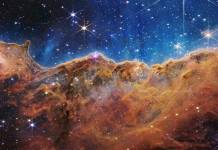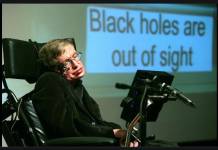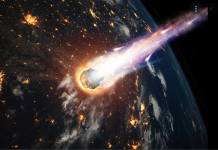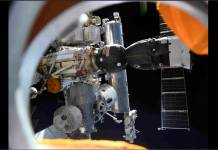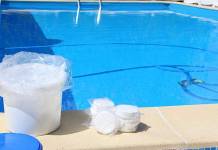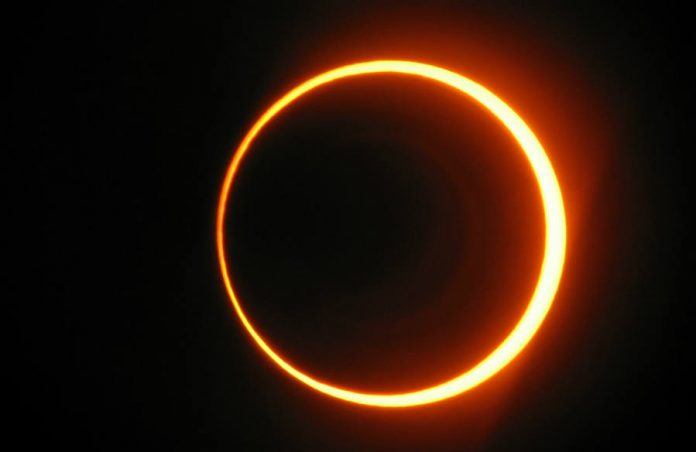
On Thursday, NASA’s Solar Dynamics Observatory (SDO) captured the partial solar eclipse that was visible in the United States that afternoon. Millions of people saw it, and they are preparing to catch the next, total solar eclipse on August 21.
The footage was caught in astonishing detail, allowing scientists to observe even the Moon’s uneven surface. The hour-long astronomical event left some people in California without power, as many of them they rely on Solar energy.
Now, authorities are warning people to take their precautions later this summer, when the Moon blocks the Sun from coast to coast. Here is all you need to know about August’s total solar eclipse.
How rare will this total solar eclipse be?
While it is a relatively frequent phenomenon, the August event will mark the first time in 38 years that a total solar eclipse is visible from coast to coast in the United States. In fact, NASA has even set up a dedicated website for the special occasion.
According to Space.com, total solar eclipses happen every 18 months in average, but they are not always visible in the same regions on Earth or space. Some of them are not visible on land at all, happening only in marine areas.
Where to see the total eclipse in August
Everyone in the United States can catch a glimpse of at least another partial solar eclipse. Those who want to look at the Sun completely blocked by the Moon’s disk will have to be in a state that is within the path of totality. The path of totality is a 70-mile-wide line that crosses the entire continental U.S. from coast to coast.
Those in the cities of Madras, Oregon; Idaho Falls, Idaho; Casper, Wyoming; Lincoln, Nebraska; Jefferson City, Montana; Carbondale, Illinois; Paducah, Kentucky; Nashville, Tennessee; Clayton, Georgia; and Columbia, South Carolina, will get a first-row seat for the show.
Depending on your location, the totality phase of the eclipse may last anywhere from a minute to 2 minutes and 40 seconds. If you want to appreciate other phenomena like Baily’s beads, you might want to travel close to the edges of the path.
NASA’s suggestions to enjoy the eclipse
NASA has been cautious to remind all of those who don’t know it yet that they should avoid watching eclipses with the naked eye.
Whether you plan on looking at the partial eclipse or travel to see the full thing, the space agency has a list of certified viewing equipment up on the official event site. Binoculars and telescopes are usually good to go with white light filters for safe observation.
Source: NASA

